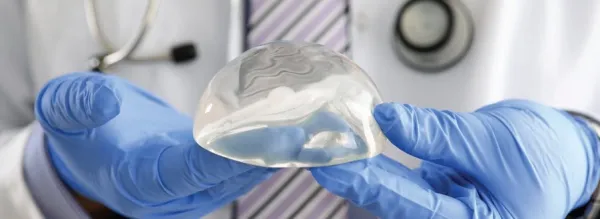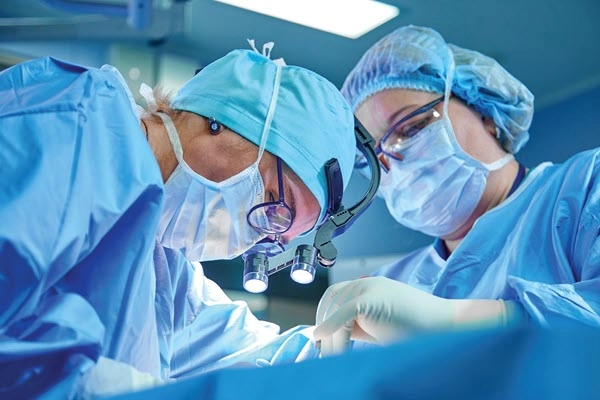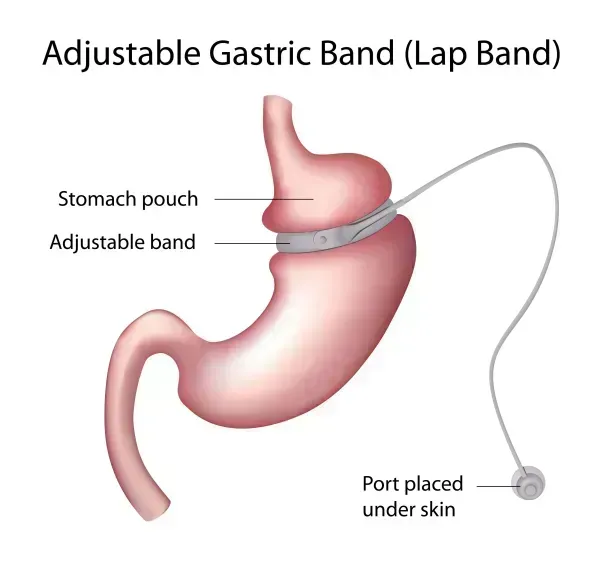Here’s Why You Can’t Miss This Foreign-Body Guideline Change
See how this affects coding for breast implant removal. Who knew a little paragraph defining “foreign body” and “implant” could have such a big impact on coding? That’s one little paragraph in the CPT® Surgery section guidelines you can’t afford to ignore when reporting your surgeons’ breast implant removal procedures in 2022. Let our experts guide you through this change to find out when you should — and shouldn’t — revise how you code breast implant removals. When Is an Implant a Foreign Body? The new guideline begins with instructions that help you understand that an implant, whether “diagnostic or therapeutic,” is “an object intentionally placed by a physician or other qualified health care professional for any purpose.” In contrast, CPT® 2022 tells you that “an object that is unintentionally placed (eg, trauma or ingestion) is considered a foreign body.” Caveat: The bombshell in the new guideline is this statement: “If an implant (or part thereof) has moved from its original position or is structurally broken and no longer serves its intended purpose or presents a hazard to the patient, it qualifies as a foreign body for coding purposes ...” In other words, if your provider removes a ruptured silicone breast implant or a saline implant with a leaking valve, CPT® 2022 seems to instruct you to code the procedure as a foreign body removal and not an implant removal. Not so fast: The rest of the guideline sentence about “broken” implants states, “… unless CPT® coding instructions direct otherwise or a specific CPT® code exists to describe the removal of that broken/ moved implant.” Clear Up How You Should Code Breast Implant Removal In light of these changes, you need to clarify how you’ll approach coding op reports for breast implant removal in 2022. Intact: If your surgeon removes an intact breast implant, the CPT® 2022 guidelines will not change how you report these procedures in 2022. You will continue to follow guidelines accompanying the breast repair and/or reconstruction section of the integumentary system surgery codes, which tell you that “removal of an intact breast implant without replacement is reported with 19328 (Removal of intact breast implant).” Broken: Although the updated surgical guidelines identify a structurally broken implant as a foreign body, you shouldn’t start reaching for 10121 (Incision and removal of foreign body, subcutaneous tissues; complicated) when you report your surgeon’s removal of a ruptured or leaking implant in 2022. You will still use the tried-and-true 19330 (Removal of ruptured breast implant, including implant contents (eg, saline, silicone gel) for a simple removal of a broken or leaking saline or silicone gel implant. Here’s why: Remember, the guideline comes with the caveat that you should code a broken implant removal as a foreign body removal “unless … a specific CPT® code exists to describe the removal of that broken/moved implant” [emphasis added]. As 19330 very clearly describes the removal of a ruptured breast implant and its contents, this is the code you should continue to use to document these encounters in 2022. Other reasons: If the surgeon removes a broken breast implant for reasons other than rupture or leaking contents, you might need to treat the procedure as a foreign body removal. “This could impact surgeries where implantable ports malfunction, move or otherwise need to be replaced,” says Kelly Loya, CPC-I, CHC, CPhT, CRMA, Associate Partner at Pinnacle Enterprise Risk Consulting Services LLC in Centennial, Colorado. “But you’ll need to document the reason for the removal or replacement to verify which code should be used,” she advises. Hone Diagnosis Coding for Breast Implant Removal Because the CPT® 2022 Surgery section guidelines can impact your procedure code choice based on the reason for a breast implant removal, you’ll need to brush up on your diagnosis coding skills, too. “This … means referring to ICD-10-CM official guidelines Section I.C.19.g.2 ‘Pain Due to Medical Devices,’” says Amy Pritchett, CCS, CPC-I, CPMA, CDEO, CASCC, CANPC, CRC, CDEC, CMPM, C-AHI, Senior Consultant at Pinnacle Enterprise Risk Consulting Services LLC, Centennial, Colorado. The guideline states, “Pain associated with devices, implants or grafts left in a surgical site (for example painful hip prosthesis) is assigned to the appropriate code(s) found in Chapter 19, Injury, poisoning, and certain other consequences of external causes. Specific codes for pain due to medical devices are found in the T code section of the ICD-10-CM. Use additional code(s) from category G89 to identify acute or chronic pain due to presence of the device, implant or graft (G89.18 or G89.28).” Consequently, your coding for removing a broken or malfunctioning breast implant, depending on patient specifics, could look something like: A specific code from T85.4- (Mechanical complication of breast prosthesis and implant) Note: You’ll need to correlate the CPT® guidelines for broken breast implant removals with the new ICD-10-CM code expansion for C84.7 (Anaplastic large cell lymphoma, ALK-negative), Pritchett notes. That’s because ICD-10-CM 2022 adds C84.7A (Anaplastic large cell lymphoma, ALK-negative, breast), which has the synonym “breast implant associated anaplastic large cell lymphoma (BIA-ALCL).” According to Pritchett, “The code carries with it instructions to use additional codes Z98.82 (Breast implant status) and Z98.86 (Personal history of breast implant removal). You should also refer to the ICD-10-CM Official Guidelines for Coding and Reporting FY 2022 Section I.C.2.s,” which tells you not to assign a complication code from chapter 19 when reporting codes for encounters such as this.





